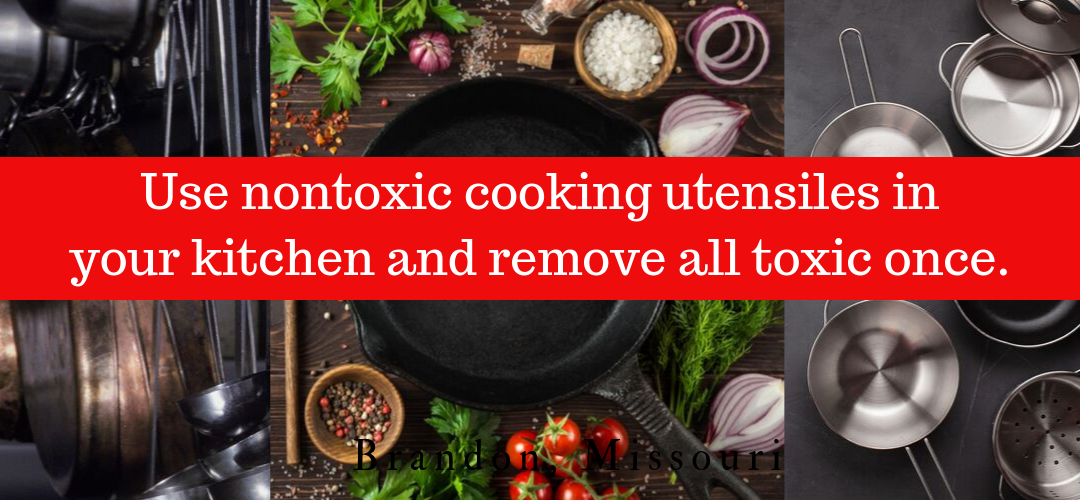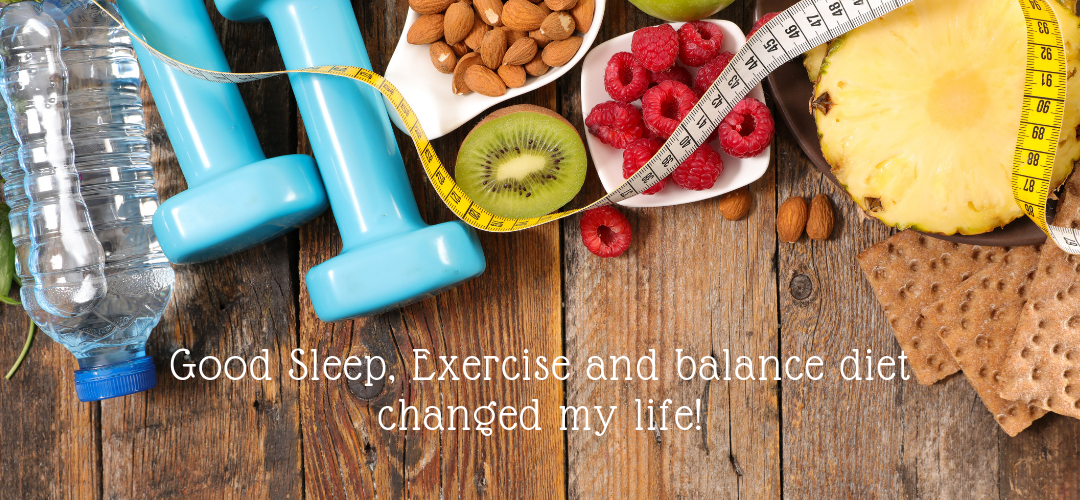
Using nontoxic cookware in your kitchen
When you cook, do you ever think of pots and pans you are using to cook in? Have you ever thought about the safety of them? If you have not, it is ok not many people think of that.
When we use safe pots and pans it will benefit us, our family and friends. There are many choices out there, so which one to choose? There are many which leach heavy metals and chemicals into food when cooked in them, the exposures might contribute to health issues. So when we talk about healthy eating, it is also important to know what we cook in. The safe pots and pans are those that leach the least amount of chemicals and heavy metals in our food. It is equally important to know how we are storing our food and how we are reheating? As we know plastic is very popular for storing food nowadays, heating leftovers in plastic containers, what it does to our body?
LET’S LOOK INTO BEST AND WORST COOKWARE TO USE
STAINLESS STEEL
Stainless steel cookware is durable, easy to use, clean, recyclable and is safe. They are available in different alloys, 18/8 or 18/10 which you will find stamped on the bottom.
10/18 being the safest and mostly found. If you can get 18/0 is the best. This indicates 0 percent of the metal is nickel, which provides the shine, and 18 percent is chromium, which makes the metal non-corrosive. Sometimes you will find, stainless steel pans may have a layer of stainless over a copper or aluminum core. The core provides good heat transfer, and the stainless steel provides a safe cooking surface.
Stainless steel may leach small amounts of nickel in some circumstances, which could be of concern to those with nickel allergies. That is why if you can find 18/0 is the best grade of steel cookware.
CLAY COOKING POTS
Clay cooking pots are my favorite but hard to maintain. They come in seasoned and unfinished and must be soaked in water for 30–45 minutes before each use to avoid cracking.
When we are cooking in the clay pot it is healthy as no oil needed, it loses little to no moisture, as water absorbed within the walls of the pot. The food is tender, flavorful dish prevents burning so long as the pot is not allowed to dry completely. No toxic leaches in food.
The issue with clay pot is that it needs to be seasoned, suddenly changed of temperature can crack it and they are fragile.
CAST IRON
Cast iron cookware is sturdy and long-lasting. One drawback is that it can be heavy to lift during cleaning and cooking. Especially if you have arthritis it’s heavy to lift, also, if you are using acidic tomato and lemons in cooking make sure it should not be cooked in new or non-seasoned cast iron until the cookware is highly seasoned. It will change its color and food will have a metallic taste.
These utensils Heat very evenly the food. Cleaning is with simple Coarse Kosher Salt then rinse it, and dry it with a towel and put vegetable oil or grapeseed oils take a paper towel or dry towel and rub it all over. Personally I give a quick wash immediately after cooking done and dry it, add oil with a towel after drying completely. Cast iron must be seasoned to form its natural non-stick properties and to prevent rust some of them come pre-seasoned and ready to use. Iron does leach into the food which is considered beneficial. Some of them are coated with enamel or ceramic, which gives it an easy-care, durable cooking surface with no leaching.
TITANIUM
Titanium is a non-toxic, biocompatible metal used for many medical purposes, such as instruments, dental implant devices, and joint replacements. Titanium is lightweight and extremely strong. Titanium cookware uses an aluminum base for even heat transfer and distribution. The non-porous, non-stick titanium outer surface does not allow any aluminum to leach through. Cleanup is easy; simply rinse and wipe dry. Food will not stick to titanium. Oil or water is not necessary to cook food in titanium pans, so food retains more flavor and nutrients.
DO NOT USE FOLLOWING COOKWARE
ALUMINUM COOKWARE
Important Information on Toxicological Profile
Aluminum is a cheap metal, Aluminum Cookware are really bad to cook, it poisoned the food slowly carries substantial risk of toxicity. After understanding the health risk, many changes have been made aluminum pots and pans with the advent of anodized aluminum (in which a thicker aluminum oxide layer is created on the surface of the pan). Yet, they still recommend avoidance of aluminum cookware due to the potential toxicity of aluminum itself.
NON-STICK COOKWARE
This is found in every household nowadays these are with non-stick coatings. The non-stick coating industry started out with Teflon in 1946 but has since grown to include many other coatings including Silverstone, Tefal, Anolon, Circulon, Caphalon, and others. Do not use them when the top layer damaged, as the toxic chemical will leach in the food.
COPPER COOKWARE
Copper has many good qualities but when cooking directly on a copper surface due to the potential (however slight) risk of copper toxicity. Even though it is also metal on the ATSDR priority toxin list just like aluminum, copper is an essential mineral that is currently deficient in many U.S. diets. It is an essential nutrient status makes. Adults need approximately 900 micrograms of copper per day, according to the Dietary Reference Intakes (DRIs) established by the National Academy of Sciences. While you’re very unlikely to get that amount of copper migration from your cookware into your food (even under highly acidic conditions that increase leaching), they prefer to avoid all possible risks. Using copper for drinking water is fine, but do not leave water for a longer time.



